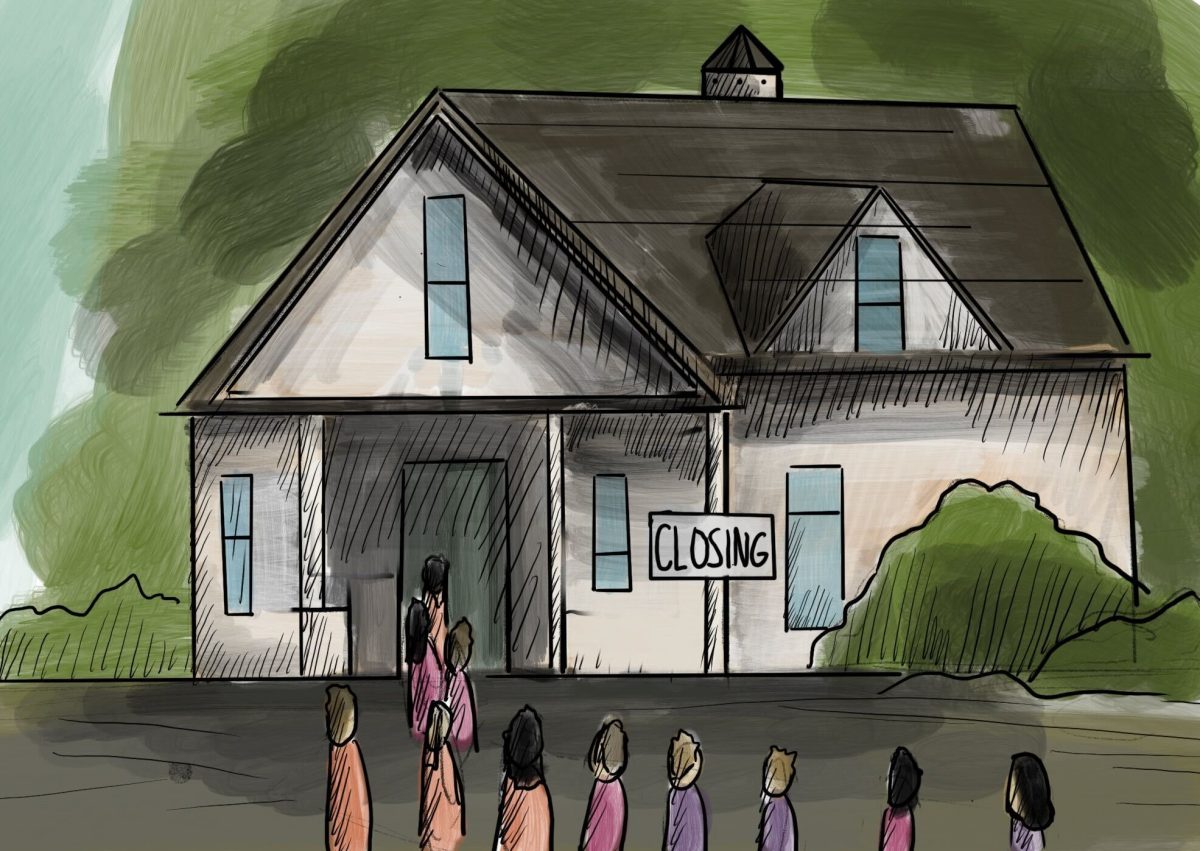Many Ithacans have been left with uncertain housing futures after the collective loss of government funding for local transitional housing initiatives — the Village and Sunflower House — and the imminent closure of St. John’s Community Center. The Village House is a program run by The Village at Ithaca, which is an educational organization that serves young people. Sunflower House provides transitional housing for formerly incarcerated men.
Tompkins County officials said they will not declare a state of emergency as motel beds will be provided to community members from SJCS, as early as the middle of November. The Village House is one of the only initiatives attempting to provide resources for unhoused youth in Ithaca, and many people will lose their housing and employment if the space closes. If Ithacans are truly committed to the safety and well-being of young people, then supporting initiatives like the Village House is imperative in order to further that collective goal.
Systemic issues like these prompt fervent discussions, but actions taken in order to actually help can be few and far between. Keeping the Village House open until the end of the year is a cause that the community should support if they have the means. Homeless youth in particular need the support of the community in order to thrive. Concentrated efforts to save the house must be undertaken by those who have the means to assist. If community members cannot donate, spreading the information throughout their personal and social networks or donating time are other ways to assist the organization.
The Village House GoFundMe has achieved 84% of its $20,700 fundraising goal — with only $3,362 left to raise. Those funds would pay for the home’s continued operation, with the goal of securing more grant funding by the end of the year. Currently, the organization has enough money to keep the house open through November because of a grassroots funding campaign launched at the start of October.
While Sunflower House has not advertised its own goal for fundraising, Opportunities, Alternatives, and Resources of Tompkins County has a page for donations. Community members can help by raising awareness and urging action by the city.
If readers have the financial means and want to help provide for unhoused youth in Ithaca, they can donate to the Village House’s GoFundMe, which is attempting to keep the house operational through the end of 2024. Any support that can be given to these initiatives is vital.
The construction of a Code Blue temporary shelter in Ithaca is a band-aid for a deeper problem. Additional assistance is necessary in order to help a problem that has long been an issue in Ithaca, as well as nationwide.
Issues like rising cost of living as well as a lack of wraparound care services are problems that need to be prioritized. Based on 2023 data from the United States Interagency Council on Homelessness, only 37 homes are available per 100 extremely low-income renters. In Ithaca, 74% of the population are renters and 50% of that population is cost-burdened, according to a report by Ithaca Times journalist Matt Dougherty.
Cost-burdened renting means that those people are using over 30% of their earned wages on housing costs. If the city and town of Ithaca are experiencing a cost of living crisis, that makes the rise of homeless populations more likely. Although the county and other service providers in the area have said they are attempting to deal with the problem, this still could leave people without jobs or beds in the immediate future.
Unhoused individuals deserve wraparound care services and the assistance of those who are able to give. In the absence of government funding, it is up to the community to support the least fortunate in the area. The unhoused crisis across the U.S. is a frustrating systemic issue, but anyone can help through local community service initiatives or donating to Ithaca-based organizations, like Sunflower House and the Village.














